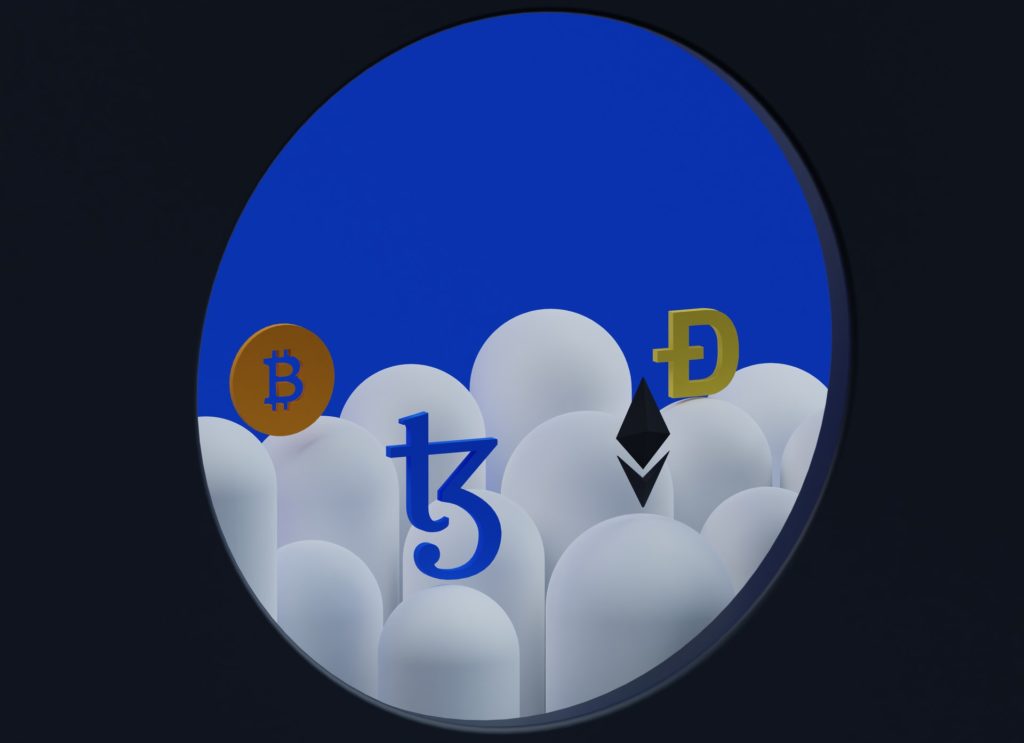Today, we’ll go over Web3.js and its library, which is the primary JavaScript library for interacting with the Ethereum Blockchain.
What is Web3.js? A Detailed Guide

Cryptocurrencies (or programmable tokens) and smart contracts are key components of decentralized applications (DApps) because they are deployed on the blockchain. To interact with these on-chain components, however, transactions must be created on the blockchain.
A node must relay the transaction to the underlying peer-to-peer (P2P) network for a user or off-chain software to create a transaction on the blockchain. Web3.js is a set of libraries that allows programmers to interact with these on-chain components by allowing them to connect to Ethereum nodes.
Nodes in Ethereum provide low-level interfaces through which users can submit transactions. A node can receive transactions via a JSON RPC interface. JSON RPC is a textual encoding format for receiving data from running processes. Nodes in the Ethereum network may expose this interface in a variety of ways, depending on their configuration and the underlying software implementation.

HTTP connections, IPC, and WebSockets are all common options. The Go Ethereum implementation (geth), for example, can be configured to expose the RPC interface via HTTP using the command line option “geth -rpc.”
Nodes can accept transactions that have already been signed with a valid private key associated with an Ethereum address, or they can be asked to sign the transaction with a key hosted on the node’s behalf. The node converts transactions to a sequence of bytes encoded in the Ethereum internal format.
Different fields in this sequence represent different things, such as smart contract addresses and methods to be invoked. Once a valid transaction has been correctly encoded, it is sent to the network.
The JSON RPC interface handles not only transactions, but also other interactions such as obtaining network state information.
Users or applications can send JSON RPC requests directly to a node, forming the necessary JSON data structure and submitting it to the exposed interface. However, this is time-consuming, and higher-level abstractions are usually provided by additional layers of software.
To accomplish this, programmers typically rely on language bindings encapsulated in libraries for various programming languages. This allows programmers to work in the language of their application to create blockchain interactions such as sending a transaction. This is then automatically converted into JSON RPC format and sent to an Ethereum node.
The Web3.js Library

Web3.js is a well-known library that enables programmers to interact with the Ethereum blockchain. It is a JavaScript language binding for Ethereum’s JSON RPC interface, making it directly usable in web technology because JavaScript is natively supported by almost all web browsers. Web3.js is also widely used on the server side in Node.js and Electron-based desktop applications.
Web3.js can connect to the Ethereum network via any Ethereum node that supports HTTP access. This could be a local node, a DApp provider-hosted node, or public gateways like Infura, which provide free Ethereum access points.
The Metamask browser extension in conjunction with Web3.js is a popular way of integrating a web browser application with Ethereum. Metamask is an Ethereum wallet that runs in the browser and injects a Web3 provider object.
A Web3 provider is a data structure that connects to Ethereum nodes that are publicly accessible. Users can manage private keys and sign transactions in their web browsers by using Metamask. In a web interface, using Metamask in conjunction with Web3.js provides a convenient way to interact with the Ethereum network.
Web3.js Advanced Usage

Real-world Web3.js examples are frequently more complicated. For example, it is usually necessary to determine whether or not a transaction has been confirmed. Web3.js is asynchronous, which means that calls return immediately, even if the result is not yet available. This means that programmers must deal with callback functions, which can be registered to be executed in response to specific events, such as the availability of a transaction hash.
Furthermore, the Web3 provider may not have access to the private key required to sign a transaction in some cases. In this case, raw transactions that are already well-formed and signed by the corresponding private key can be sent.
Disclaimer: The opinion expressed here is not investment advice – it is provided for informational purposes only. It does not necessarily reflect the opinion of EGG Finance. Every investment and all trading involves risk, so you should always perform your own research prior to making decisions. We do not recommend investing money you cannot afford to lose.
 English
English Français
Français Español
Español Bahasa Indonesia
Bahasa Indonesia 中文 (中国)
中文 (中国) Русский
Русский Português
Português Deutsch
Deutsch

